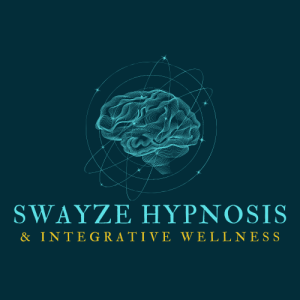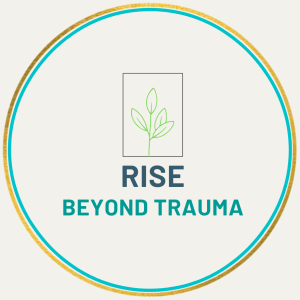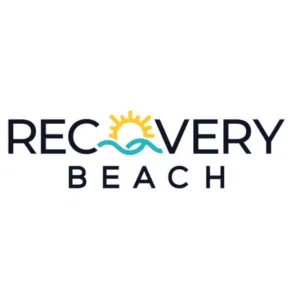There are many mental health resources available for LGBTQ+ teens. It is essential to create positive environments to help all youth thrive. But, the health needs of LGBTQ+ Youth are much different from their straight and cisgender peers. Every young person needs a safe home and social support to develop the skills for transitioning into adulthood. When LGBTQ+ youth have affirming families and friends, they have better mental health outcomes. This article will provide various resources for LGBTQ+ youth, friends, allies, educators, parents, and family members.
*This article contains the use of gendered language throughout the article as indicated in the research.
What are Some Issues Facing LGBTQ+ Youth Today?
Public Acceptance
Public acceptance of LGBTQ+ identities has increased in dozens of countries worldwide since 1980. Since 2012, the year marriage equality came into law, the amount of American adults identifying as LGBTQ+ has increased from 3.5% to 4.5%. The reason there has been more acceptance may be due to the following: 79% of Americans support equal legal rights for LGBTQ+ people. However, in 2006, only 51% of Americans said that LGBTQ+ people should be accepted.
Familial Acceptance
LGBTQ+ youth won’t always be accepted by their families. For example, 32% of Americans still say they would be uncomfortable having an LGBTQ_ family member, 36% would not be comfortable seeing a queer couple holding hands, and 37% would not be okay with their child having a lesson on LGBTQ+ history in school.
Bullying and Violence
LGBTQ+ youth are at a higher risk for homelessness, bullying, and interpersonal violence. In addition, LGBTQ+ youth are twice as likely to be bullied than their straight and cisgender peers, and 18% of LGBTQ+ youth (over triple than their straight and cisgender peers) — have experienced sexual assault or rape.
Women of all sexual orientations encounter incredibly high degrees of sexual violence, and bisexual girls are at a higher risk. These sexually violent encounters occur before the age of 17 for half of them. Due to family stigma, LGBTQ+ youth have a 120% higher risk of homelessness than straight and cisgender teens.
Higher Risk for Mental Illness
LGBTQ+ youth have an increased risk of mental illness, including depression, anxiety, and substance abuse. In addition, 30% of LGBTQ+ teens have attempted suicide, compared to 10% of their straight and cisgender peers. Transgender youth face a high stigma and suffer more significant mental health risks. For example, 49% of transfeminine people (people assigned male at birth who identify as feminine) and 62% of transmasculine people (people assigned female at birth who identify as masculine) suffer from depression.
What are Some Ways LGBTQ+ Youth Can Get Help?
Resources for LGBTQ+ Youth and Educators
Since many LGBTQ+ youth are more likely than their cisgender and heterosexual peers to encounter bullying or other forms of violence in school, educators, counselors, and school administrators must have access to resources and support to form a safe learning environment for every student.
Here are some resources LGBTQ+ youth and educators can access:
- Advocates for Youth (AFY): LGBTQ Resources for Professionals
- Safe and Supportive Schools Project
- Creating Safer Spaces in Schools for LGBTQ Youth | The Trevor Project
- Educator Resources | GLSEN
- Genders & Sexualities Alliance Network
- Just the Facts: A Primer for Principals, Educators, and School Personnel
- GSA clubs – student-run organizations uniting LGBTQ+ and allied youth to create a community and organize around LGBTQ+ issues that impact them in their schools and communities.
- Q Chat Space
- StopBullying.gov: Information for LGBTQ Youth
- Supporting LGBTQ+ Students – Micro-credentials | National Education Foundation
- The Trevor Project: Education and Resources for Adults
- American Psychological Association (APA) Resources
- Healthy Lesbian, Gay and Bisexual Students Project
- Understanding Sexual Orientation and Gender Identity
- Bullied: A Student, a School and a Case That Made History: Teaching materials for educators
- CDC’s Division of Adolescent and School Health: Protective Factors for LGBTQ+ Youth: Information for Health and Education Professionals
- Gay, Lesbian & Straight Education Network (GLSEN): Educator Resources
- Genders and Sexualities Alliance (GSA) Network
- HIV and Youth
- National Alliance to End Homelessness: Serving LGBT Homeless Youth
- National Education Association: 6 Tips for Educators Dealing with Harassment of LGBT Students
- From Stepping Out of the Closet, Into the Light: A Report on the Status of Gay, Lesbian, Bisexual and Transgender People in Education
- StopBullying.gov: Information for LGBTQ+ Youth
- The Trevor Project: Education and Resources for Adults
- The Trevor Project’s “Trainings for Professionals”
Resources for Families of LGBTQ+ Teens
Coming Out: Information for Parents of LGBT Teens
The Family Acceptance Project ®
Lesbian, Gay, Bisexual and Transgender Health
Centers for Disease Control and Prevention
Tips for Parents of LGBTQ Youth
Sanders & Lamont Fields
Johns Hopkins Medical
Tips for Raising an LGBTQ+ Foster or Adopted Child(opens in new window)
Resources for Families of Transgender Youth
Family Support: Resources for Families of Transgender and Gender Diverse Children
Movement Advancement Project
Gender-Diverse and Transgender Children
Rafferty
Healthychildren.org
Gender Health Services: Resources for Parents and Families
University of Rochester, University Counseling Center
How Does LGBTQ+ Affirmative Therapy Help?
If you are a youth looking to talk to an experienced mental health professional about your LGBTQ+ identity, many affirming therapists can help. An affirming LGBTQ+ therapist can help with whatever issue or challenges you are facing and provide you with an empathetic and safe environment, as well as any tools.
Are you looking for an LGBTQ+ affirmative therapist? Find one today at LGBTQ and All.















